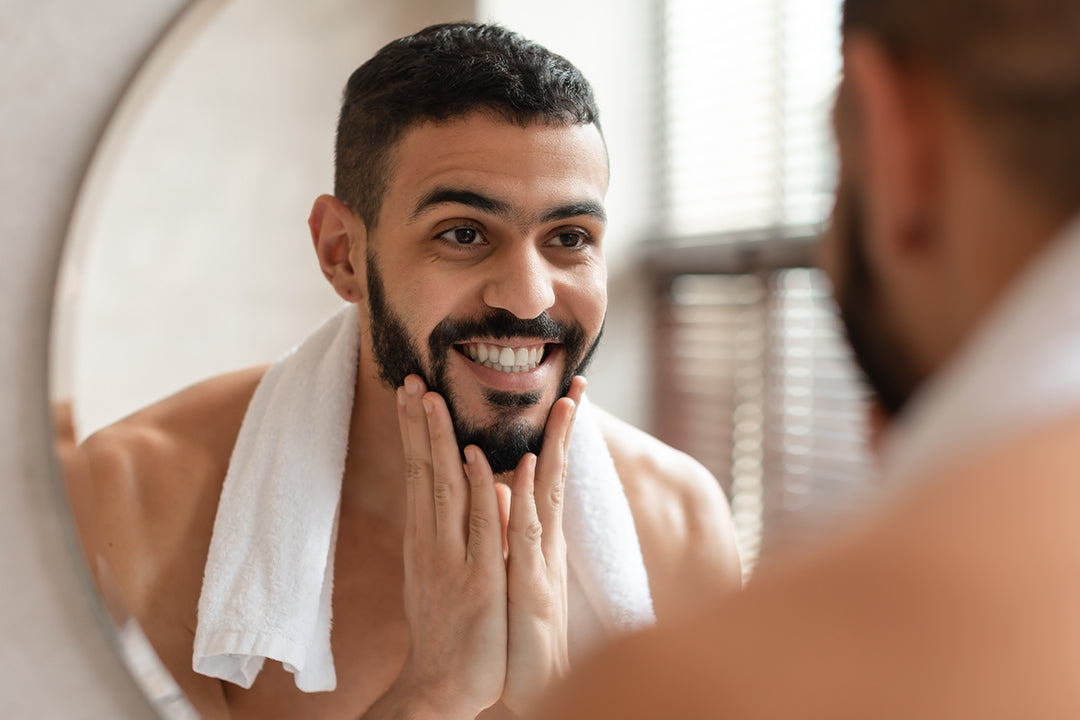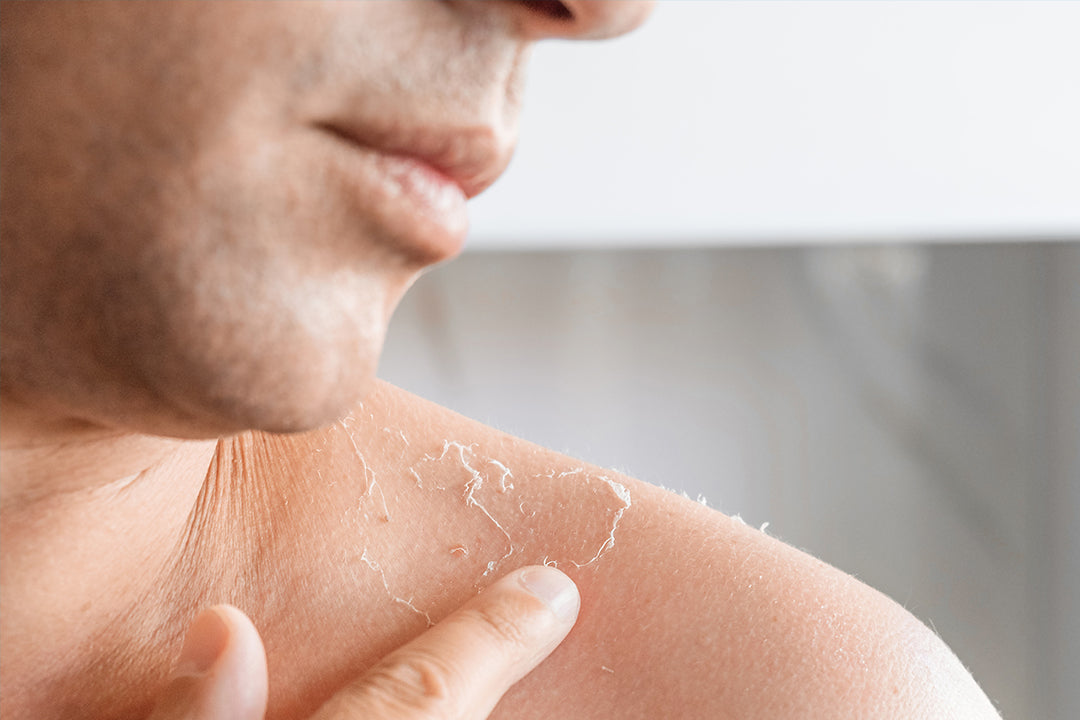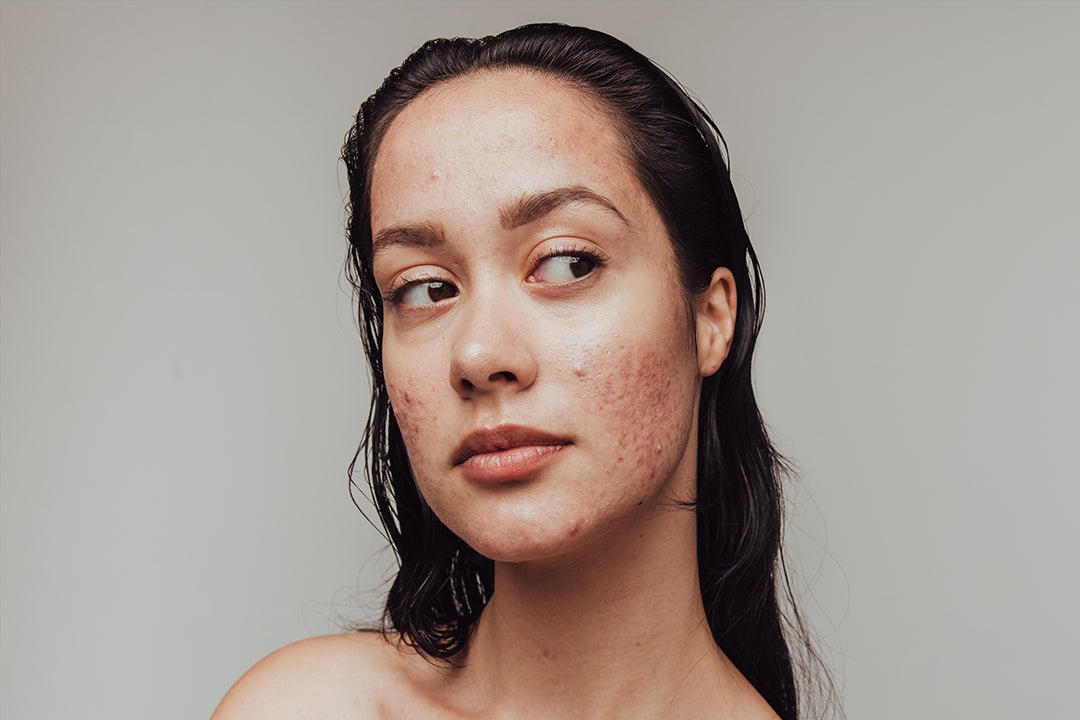Have you ever wondered how many different skin conditions are out there? It's a vast and fascinating world, with countless disorders that can affect our skin. From common issues like acne to more serious conditions like psoriasis, our skin is a reflection of our overall health and well-being. In this article, we'll explore the diverse range of skin conditions, their causes, symptoms, and treatments. So, let's dive in and learn more about the amazing complexity of our skin!
The Many Faces of Skin Disorders
When it comes to skin disorders, the variety is astounding. There are temporary conditions that come and go, while others are chronic and lifelong. Let's take a look at some of the most common skin conditions and gain a better understanding of their characteristics.
1. Acne
One of the most well-known skin conditions is acne. It affects millions of people, especially teenagers. Acne occurs when hair follicles become clogged with oil and dead skin cells, leading to pimples, blackheads, and whiteheads.
2. Eczema
Eczema is a chronic condition characterized by dry, itchy, and inflamed skin. It often appears in childhood and can persist into adulthood. Triggers for eczema can include allergens, irritants, and stress.
3. Psoriasis
Psoriasis is an autoimmune disease that causes the rapid buildup of skin cells, resulting in thick, silvery scales and red patches. It can be uncomfortable and have a significant impact on a person's quality of life.
4. Rosacea
Rosacea is a chronic inflammatory skin condition that primarily affects the face. It causes redness, visible blood vessels, and small, pus-filled bumps. Triggers for rosacea can include sun exposure, hot weather, and certain foods.
5. Vitiligo
Vitiligo is a skin disorder characterized by the loss of skin color in patches. It occurs when the cells that produce melanin, the pigment responsible for skin color, are destroyed. Vitiligo can affect any part of the body and can be emotionally challenging for those who have it.
Causes and Prevention
Understanding the causes of skin conditions is essential for prevention and treatment. While some conditions, like genetic disorders, may be unavoidable, others can be managed or prevented with proper care.
1. Genetic Factors
Many skin conditions have a genetic component, meaning they can be inherited from our parents. If you have a family history of certain skin disorders, it's essential to be aware of the signs and symptoms.
2. Environmental Factors
Environmental factors can play a significant role in the development of skin conditions. Exposure to harsh chemicals, allergens, and pollutants can trigger or worsen existing conditions.
3. Lifestyle Choices
Our lifestyle choices can also impact the health of our skin. Poor diet, lack of sleep, smoking, and excessive sun exposure can contribute to the development of skin disorders. Taking care of our overall health can go a long way in maintaining healthy skin.
Treatment Options
Fortunately, many skin conditions can be managed or treated effectively. The treatment options vary depending on the specific condition but can include topical creams, oral medications, light therapy, and lifestyle changes.
1. Topical Treatments
Topical treatments, such as creams or ointments, are commonly used for skin conditions like eczema, psoriasis, and acne. These medications can help reduce inflammation, soothe itching, and promote healing.
2. Oral Medications
In some cases, oral medications may be prescribed to treat severe or widespread skin conditions. These medications work from the inside out, targeting the underlying causes of the disorder.
3. Light Therapy
Light therapy, also known as phototherapy, involves exposing the skin to specific wavelengths of light to reduce inflammation and promote healing. It can be an effective treatment option for conditions like psoriasis and vitiligo.
4. Lifestyle Changes
In addition to medical treatments, making certain lifestyle changes can also help manage and improve skin conditions. This can include adopting a healthy diet, practicing stress management techniques, and protecting the skin from excessive sun exposure.
Takeaways
The world of skin conditions is vast and complex, with numerous disorders that can affect our skin. Understanding these conditions, their causes, and treatment options is crucial for maintaining healthy skin and overall well-being. Remember, everyone's skin is unique, and what works for one person may not work for another. If you're experiencing any concerns or have questions about your skin, it's always best to consult with a dermatologist or skincare professional.
Frequently Asked Questions
1. How many different skin conditions are there?
The exact number of skin conditions is difficult to determine, as new ones are discovered and classified regularly. However, there are hundreds of known skin conditions, ranging from common issues like acne to rare genetic disorders.
2. Can skincare products help treat skin conditions?
Skincare products can play a role in managing certain skin conditions. However, it's important to choose products that are specifically formulated for your skin type and condition. QRxLabs offers a range of skincare products that are mild yet effective for various skin concerns, including acne, eczema, and pigmentation issues.
3. Are all skin conditions curable?
While many skin conditions can be managed effectively, not all of them can be cured completely. Some chronic conditions may require ongoing treatment and maintenance. It's essential to work closely with a healthcare professional to develop an appropriate treatment plan.









